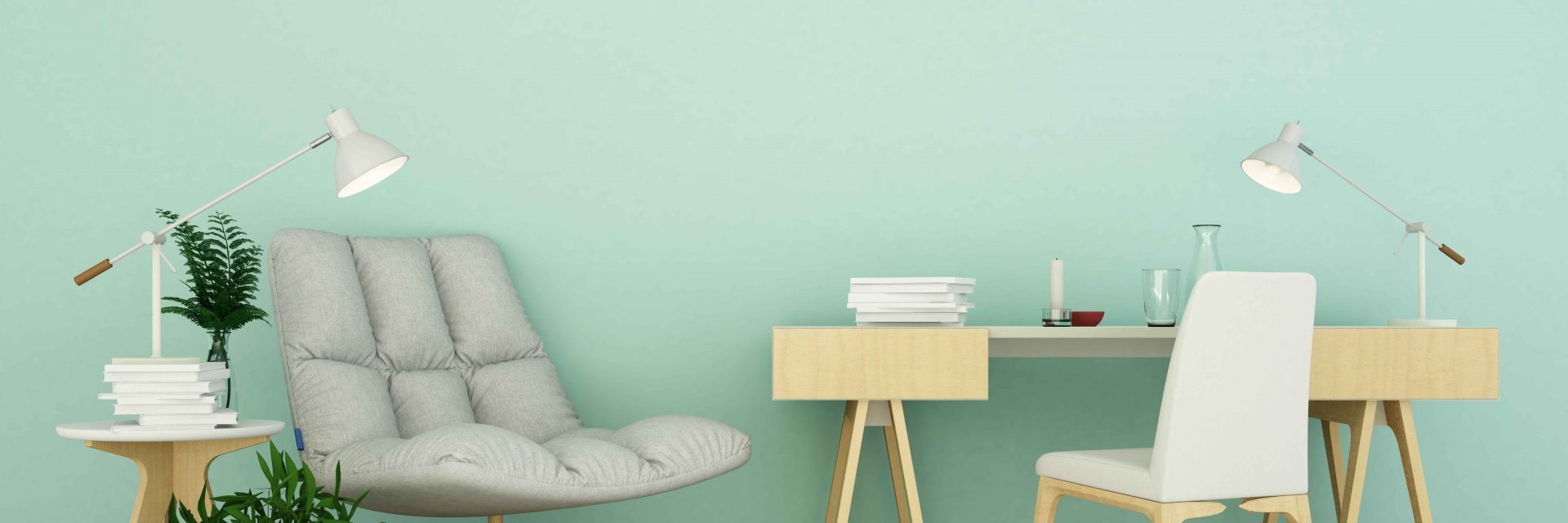Seasonal Consider Industrial Exterior Painting: Key Insights You Ought To Recognize
Seasonal Consider Industrial Exterior Painting: Key Insights You Ought To Recognize
Blog Article
Article Produced By-Burnham Bagger
When you're planning a business external painting job, seasonal variables can make or damage your outcomes. You'll want to consider exactly how temperature and moisture influence paint application and drying times. Picking the appropriate season can ensure your paint sticks properly and lasts much longer. But which seasons are truly the best for this kind of job? Let's check out the crucial elements that can impact your task's success.
The Influence of Temperature on Paint Application
When you're intending an industrial outside painting project, the temperature level can considerably impact how well the paint sticks and dries.
Ideally, you want to repaint when temperatures range in between 50 ° F and 85 ° F. If it's too chilly, the paint might not cure appropriately, resulting in problems like peeling off or cracking.
On the other hand, if it's as well warm, the paint can dry also quickly, preventing appropriate adhesion and causing an irregular surface.
You need to also consider the time of day; morning or late afternoon provides cooler temperatures, which can be extra beneficial.
Constantly examine the producer's recommendations for the particular paint you're using, as they often give guidance on the perfect temperature variety for optimal outcomes.
Moisture and Its Effect on Drying Times
Temperature level isn't the only environmental factor that influences your business exterior paint project; humidity plays a substantial role too. High moisture degrees can slow down drying times dramatically, affecting the general high quality of your paint work.
When the air is filled with wetness, the paint takes longer to treat, which can bring about concerns like inadequate adhesion and a greater threat of mold development. If you're repainting on a specifically humid day, be prepared for extended wait times in between layers.
It's critical to check neighborhood weather and strategy accordingly. Preferably, residential house painter brisbane for humidity levels in between 40% and 70% for optimum drying out.
Keeping these consider mind ensures your project remains on track and provides a long-term finish.
Best Seasons for Commercial Outside Painting Projects
What's the most effective season for your business outside painting tasks?
Springtime and very early loss are usually your best bets. Throughout these seasons, temperature levels are moderate, and humidity levels are typically reduced, producing suitable conditions for paint application and drying out.
Avoid https://donovanypqrh.bloggactivo.com/33589113/look-into-the-transformative-impact-of-house-painters-exposing-exactly-how-their-extraordinary-craftsmanship-can-convert-your-home-into-a-fascinating-masterpiece , which can trigger paint to completely dry too promptly, causing bad attachment and coating. Similarly, winter's cold temperatures can prevent appropriate drying and healing, taking the chance of the long life of your paint job.
Aim for days with temperatures in between 50 ° F and 85 ° F for optimum results. Bear in mind to inspect the neighborhood weather report for rainfall, as wet problems can ruin your job.
Planning around these elements ensures your paint project runs efficiently and lasts much longer.
Conclusion
Finally, intending your commercial outside paint jobs around seasonal factors to consider can make a significant difference in the outcome. By scheduling work during the optimal temperature levels and moisture levels, you'll ensure far better attachment and drying out times. Bear in mind to watch on regional weather prediction and pick the correct time of year-- spring and early fall are your best options. Taking these actions will certainly assist you attain a long lasting and professional finish that lasts.
